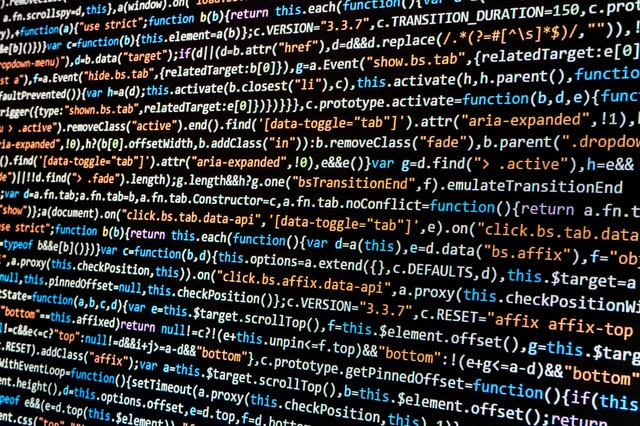Author: Sanjeev Verma
No matter how latest the technology is, it is often blamed responsible for the current environmental issues from internal engine combustion to electronic wastes. Typically, we don’t associate high-end technologies with environmental sustainability. However, in the right hands and right applicability, technologies like AI and IoT hold great potential to resolve planet issues immediately. You just got to trust and apply it in the right direction.
The Internet of Things is wide spreading its concepts and applications at the global level. In the current times, 127 new IoT devices get connected to the internet every second. IoT as advanced technology has given rise to 12.86 billion connected assets inside the homes and almost 23% of the total IoT projects are progressing to restructure cities into smart cities.
Moreover, predictions claim that there will be 41 billion IoT devices by 2027.
Wouldn’t it be great that you are saving the world from creating more pollution by implementing smarter techniques and IoT concepts?
But what will be the result and impact on the environment by adapting this huge number of IoT devices?
Let’s find out.
For many years, there has been a reckless consumption of natural resources to fulfill the majority of human demands. Be it for fuel, water, or food. To produce the end-product, huge industries are being established that consume lots of fuel or energy resources for production. This, in turn, causes a negative impact on the environment as the wastes are dumped into the ocean or other water bodies, or they pollute the air and cause a toxic environment.
To improve such issues, technologies have advanced and are regularly updated with smart facilities to help curb excessive environmental wastage.
Talking about the Internet of Things; the technology is doing wonders by utilizing the capabilities of sensor devices, gateways, networking protocols, and smart gadgets.
IoTizing the Industries to Reduce Pollution
Using the Internet of Things in industrial domains not only technologizes the assets but improves their workability that positively impacts the environment. The most concerning thing in applying techniques for increased productivity and decreased pollution is how accurately are you implementing the IoT solutions. Utilizing smart concepts will only be fruitful when implemented right. Let’s find out what services can IoT render to industry for mitigating the environmental challenges.
Air Quality Monitoring
The cities are struggling to keep a real-time check on the pollution levels for better survival. Industrial wastes are frequently damaging the air quality that results in causing devastating impacts on living beings. Hence, there comes a basic necessity of equipping the assets and infrastructures with IoT connectivity. The sensor-based technology comprises of smart techniques to detect and collect air quality data region-wise and measure the presence of pollutants. The data can be collected in different ways through people on bikes or buildings to measure local air quality. Measuring air quality helps eradicate the careless and reckless usage of fueled vehicles and take other necessary steps to reduce air pollution.
Energy Monitoring
Not only in the industries but also the energy consumed in commercial buildings require real-time analysis. Scrutinizing the regular energy consumption helps us work towards lesser energy wastage and thus results in improved environmental conditions. IoT is the best way to connect your assets through sensors and collect data on a cloud-based platform. This allows the city authorities to keep records of the city, consuming the amounts of energy and calculate the future demands. It helps in saving and conserving the energy for future uses and avoid excessive wastage. IoT brings a plug-and-play solution to monitor energy consumption in a household and uses advanced analytics to predict future energy needs. This, in turn, helps develop energy consumption patterns, conserving the excess amount for future requirements.
Machine Monitoring
Monitoring the equipment is the dire need of any industry because aging infrastructure often leads to low performance and affects the environment by generating more amount of wastes than usual. With the help of IoT, you can monitor your machinery by installing sensors and collecting data on a virtual platform to analyze it further. Machinery analysis and storing the historical data will provide you the pattern in which a machine works and generates suitable outcomes for different scenarios. IoT utilizes these sensors in the best possible way to treat your machines and equipment as well as possible. Keeping a record of their performance data predicts a suitable time range of a machine’s operability and alerts you when it needs to get fixed. Thus, it creates a better understanding of the industrial infrastructure, lowering their impact on the environment due to poor performances.
Smart Water Meter
Using water judiciously is the most common issue that every region is facing. Previously, it was difficult to find out the accuracy in water consumption amounts but with the help of IoT and its smart solutions like smart water meter makes it possible. Sensing the water flows through pipes, water pressure, leakages, and excessive consumption helps collect data from every individual. This data is analyzed by the authorities, proffering a sufficient amount of water supplies to every individual in a city. This helps to sustain a balance among the lifestyle and daily habits of the people and also reduces water wastage. Using a smart water meter
Experts are arming themselves with latest and advanced technologies like IoT and merging the industrial operations with IoT functionalities. However, there is still time to claim technologies like IoT for rooting out all the environmental issues at once. To change the current environmental status, the industries can adopt safe and green measures by implementing IoT concepts to produce lesser waste and better production.
